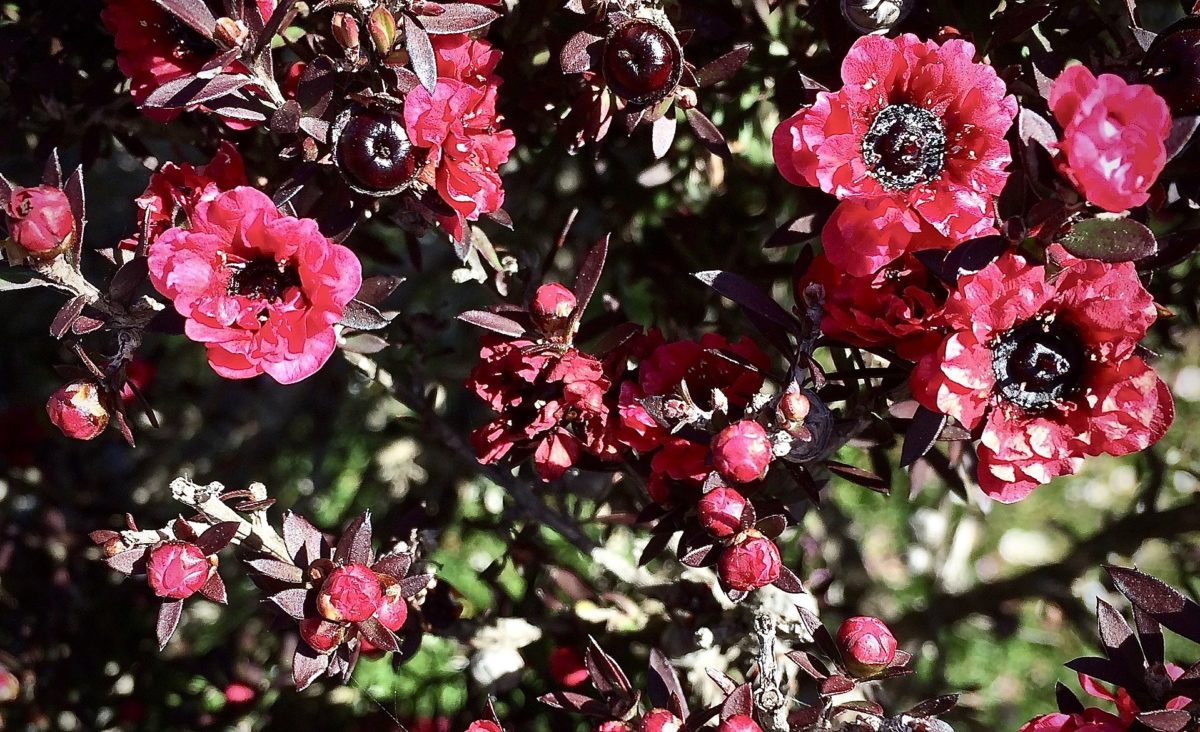The mānuka Leptospermum scoparium has become the first New Zealand native tree species to have a high-density linkage map built for it.
The map has been built by researchers from Plant & Food Research, AgResearch and the University of Otago using thousands of genetic markers obtained by sequencing.
Researchers David Chagné, Julie Ryan, Munazza Saeed, Tracey Van Stijn, Rudiger Brauning, Shannon Clarke, Jeanne Jacobs, Philip Wilcox, Emma Boursault, Peter Jaksons, Dan Jones, Amali Thrimawithana, Kathy Schwinn and David Lewis have published their findings in the new special issue of The New Zealand Journal of Crop and Horticultural Science.
The mānuka high-density linkage map could represent a model for future genetic analysis of indigenous New Zealand species.
The research used plant material obtained from trees in the East Cape in 2003. Consent was given by the Māori iwi Ngāti Porou for collecting the original samples and for using this material for the purpose of this research.
The article, A high density linkage map and quantitative trait loci for tree growth for New Zealand mānuka (Leptospermum scoparium L.) is included in the upcoming special issue focused on Mānuka Biology.
The genetic markers used to build the high-density linkage map are associated with certain observable characteristics, such as a plant’s ability to adapt to and become resistant to certain diseases; its ability to withstand stress caused by periods of drought; and the identification of plant traits such as the chemical composition of its foliage and nectar.
A linkage map is a simplified representation of a species genome and chromosome. It shows how often two gene loci are inherited together. When genes are found on different chromosomes, or far apart on the same chromosome, they assort independently and are said to be unlinked. When the genes are close together on the same chromosome, that means the alleles (versions of the same gene) are linked and are more likely to be inherited as a unit.
Genetic maps have been used in many horticultural species to deduce how loci contribute to a character of interest. For example, David Chagné identified DNA markers linked to red fruit skin colouration in apple using similar methods. The genetic markers linked to these loci can then be used for selection of such traits, and may also shine light on genetic control traits unique to mānuka.
In mānuka characters of interest include flowering time, nectar and foliage chemical composition, and resistance to the fungal pathogen Puccinia psidii (otherwise known as myrtle rust).
Source: Royal Society of NZ
Picture: Peter D. Tillman, from USA












